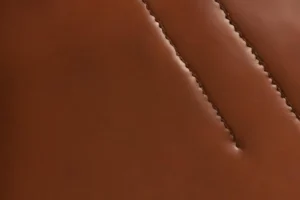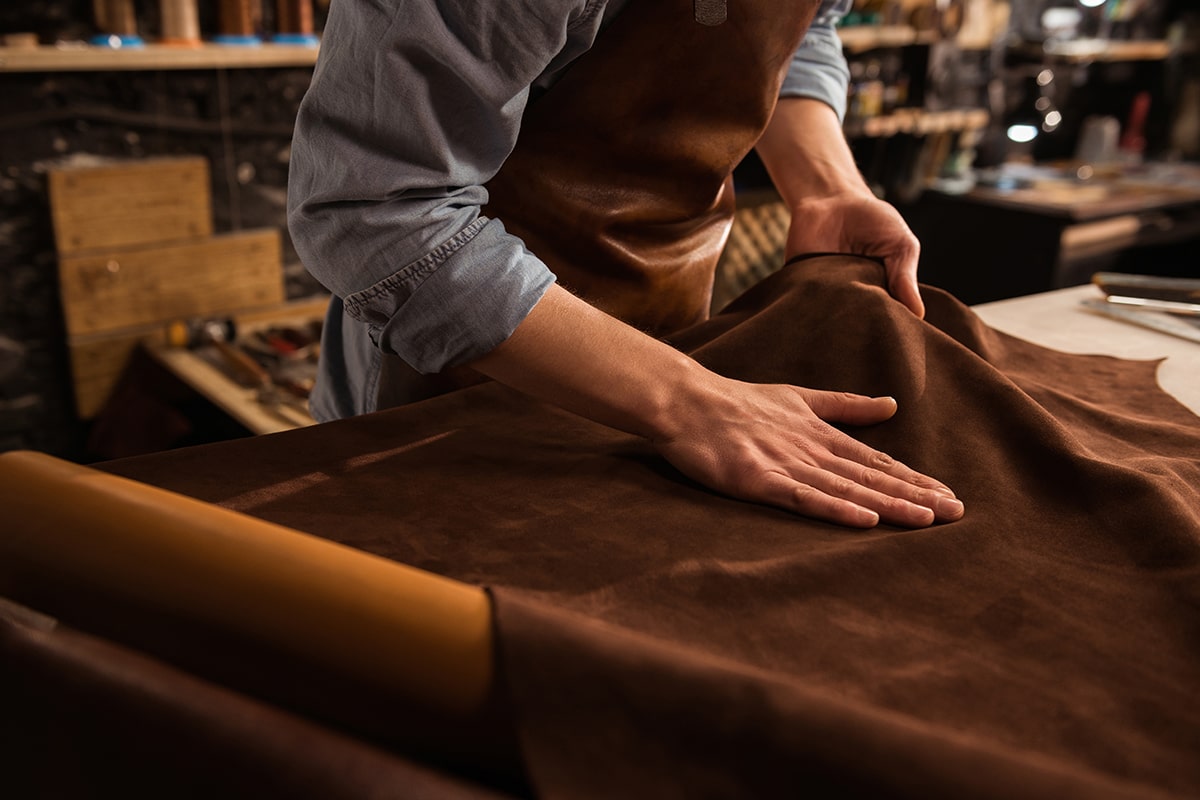Leather is more than just a material; it’s a silent hero in our daily lives.
But where does it come from?
Join us on a journey to uncover the secrets behind leather’s origin and transformation.
From humble animal hides to exquisite leather goods, we’ll explore every step of the fascinating process.
Whether you’re a seasoned enthusiast or a curious newcomer, get ready to discover the captivating world of leather craftsmanship.
What is Leather?
Leather is a versatile and enduring substance that plays a vital role in our lives.
Derived from animal skins, leather is a natural material prized for its strength, durability, and unique aesthetic qualities.
At its essence, leather is composed of collagen fibers, which give it its characteristic strength and flexibility.
Unlike synthetic materials, which can feel artificial and lack the warmth of natural fibers, leather has a tactile quality that adds a sense of luxury to any product it adorns.
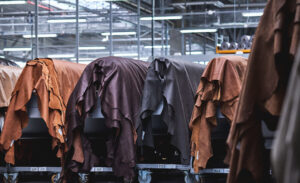
Types of Leather
There are various types of leather, each with its own characteristics and uses.
Full grain leather, for example, retains the outermost layer of the hide, preserving its natural grain and texture, while top grain leather is sanded or buffed to remove imperfections, resulting in a smoother surface.
Other types of leather, such as corrected grain and bonded leather, are created using different processes and may not possess the same quality and durability as full grain or top grain leather.
Leather Patina
One of the most appealing aspects of leather is its ability to develop a rich patina over time.
As leather ages, it takes on a unique character, with wrinkles, scars, and other imperfections adding to its beauty and charm.
This patina not only enhances the aesthetic appeal of leather products but also serves as a testament to their longevity and enduring quality.
In addition to its aesthetic qualities, leather is also prized for its practicality and versatility.
From briefcases and duffles to furniture and automotive upholstery, leather can be found in a wide range of applications, each showcasing its durability and timeless appeal.
Overall, leather is a remarkable material that combines beauty, functionality, and sustainability, making it a cherished choice for discerning consumers around the world.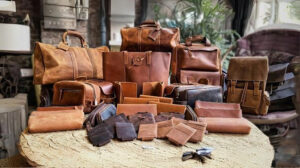
The Global Leather Industry
The global leather industry is a dynamic and multifaceted sector that plays a significant role in the global economy.
Worldwide Production
According to recent statistics, the global leather industry produces over 23 billion square feet of leather annually.
This staggering amount of leather is utilized in a wide range of products, including footwear, apparel, automotive upholstery, and furniture.
Where is Leather Made?
The leather industry is dominated by several key players, including countries like China, Italy, Brazil, and India.
China is the world’s largest producer and exporter of leather, accounting for a significant portion of global leather production.
Italy is renowned for its high-quality leather goods and craftsmanship, with Italian leather products enjoying a reputation for luxury and sophistication.
Brazil and India are also major players in the global leather industry, with both countries boasting significant leather production capabilities and exporting leather products to markets around the world.
The United States and Russia also produce large amounts of leather, but are considered minor players in the world market.
American made leather is much in demand, however the economics of the US leather industry are usually prohibitive for manufacturers and customers.
In terms of trends, the global leather industry is experiencing a shift towards sustainability and ethical practices.
Consumers are increasingly demanding transparency and accountability from leather manufacturers, prompting many companies to adopt eco-friendly production methods and adhere to strict ethical standards.
Economic Significance
The leather industry is a vital contributor to employment and commerce in many countries around the world.
In developing countries, leather production provides livelihoods for millions of people, from farmers who raise livestock to tannery workers who process hides.
Furthermore, leather exports generate substantial revenue for many countries, contributing to economic growth and development.